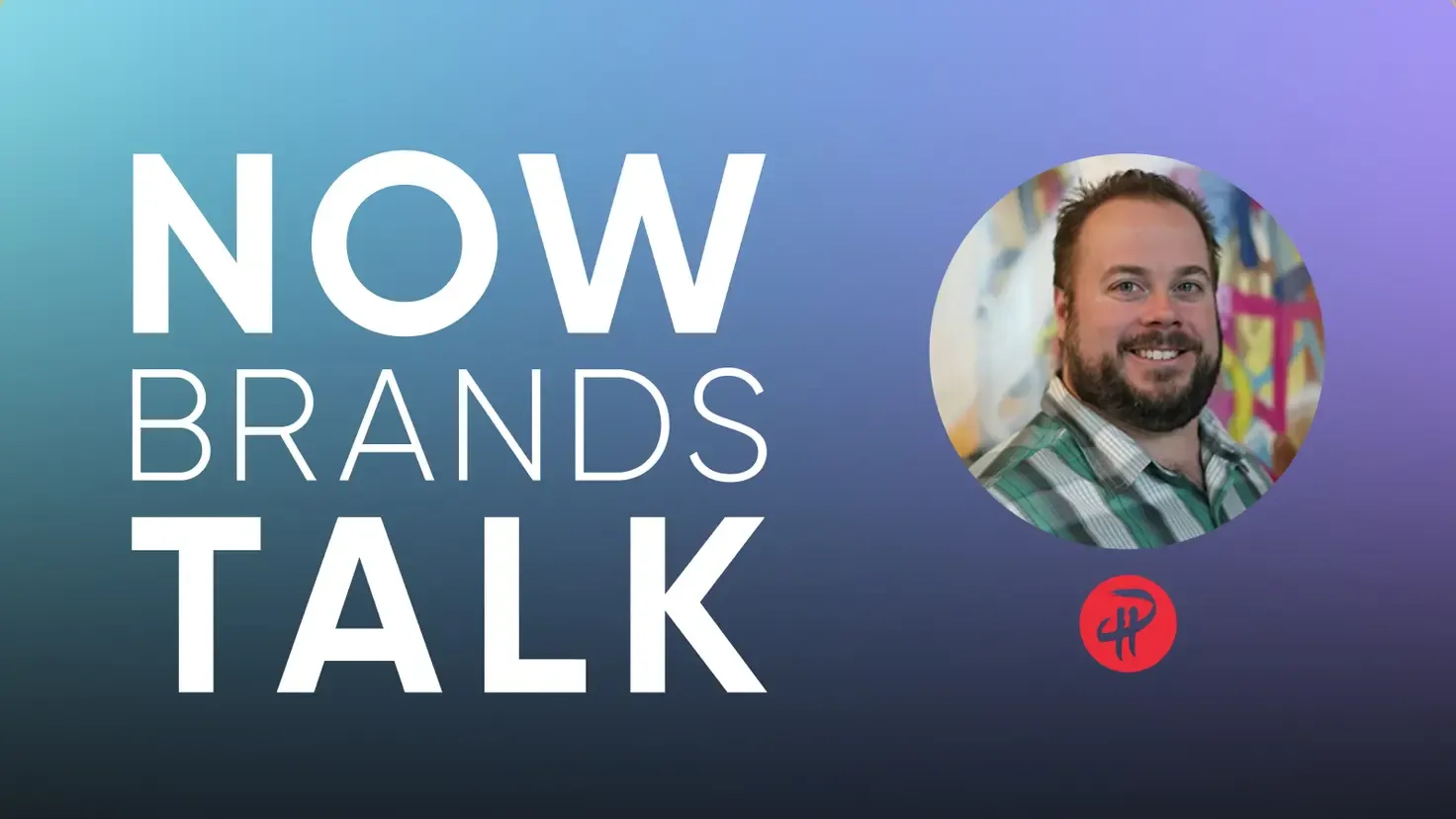
Guide to interviewing AI Agents
What makes an AI Agent different from the typical chatbots you’ve used in the past? Is the impact on ROI really that high?
Learn More

We all get that data is important. Where we fail is getting the right data to the people who can use it to make CX decisions.
Recently on Now Brands Talk, we spoke with Craig Stoss , Senior Program Manager at PartnerHero , about what brands are doing right (and wrong) with their data.
We covered so many important topics: why customer data is so important for brands, the three types of data that Craig cares about, what’s preventing brands from using data for better CX, turning support tickets into retention data, and more.
Let’s dive right in.
Find this episode of Now Brands Talk on your favorite podcasting platform.
Tune in"What stands out to me in customer experience is knowing your customer and treating them as a person, not a transaction."


Craig’s best interaction with a brand happened when he returned to a favorite restaurant after a two-year absence. He was welcomed back, greeted by name, informed that his preferred wine was discontinued, and recommended a comparable substitute for the table.
“They clearly kept data on me,” Craig said. “But I was treated as a person, not a transaction.”
Brands have way more customer data than they've ever had, especially given the SaaS and IoT worlds. It’s how brands use the data that matters. The opportunity is twofold:
We’re talking specifically about support, customer success, implementation services, and automation services. When those areas are equipped with the right data for decision-making, that’s when data contributes to CX.
Here’s an example. One of your customers raised some money, so you send them a note of congratulations, appreciation for their past business, and an offer to continue to partner with them as their needs change and grow. Compare that use of data with the standard, boring annual renewal phone call. “Such a nice gesture shows you're paying attention and gets rid of that transactionality,” Craig pointed out.
"The 3 types of data that I think about are external data, functional data of the product, and metadata that is associated with the product usage."


Given our data overwhelm, it’s helpful to collect three types of data that fuel great customer experience.
This is what was described above: noticing information about your customers that takes them from transaction to person. Where they’re located. Recent acquisitions or funding. That type of thing.
Functional data about product usage means handling a call by noticing that a customer was looking at a certain area of your product, telling them about common problems and solutions in that area, and also being aware of the last five interactions you had together.
Taking the extra step to show customers that you want to save their time by having accurate data about them is something they appreciate.
The third type of data, the metadata gained from the previous two categories, is becoming even more prevalent in the IoT world. It provides value by making recommendations based on not only that customer’s data but industry data, knowledge, and experience.
For instance, a piece of farming equipment could make suggestions about moisture and seed depth based on soil type, past yield from a given cornfield, and local data from other farmers. “What's preventing brands is just time and money and doing it right,” Craig said.
Spending the time to decide what you want to automate and deliver and paying for the code to execute the automations.
"Data is important because it does everything you promised to do. The gap is getting it to the people who can use it to make decisions."


At a previous company, there would be a huge number of tickets created because of incorrect settings. Craig used an engineering team’s time to comb through the database, see who was using those settings, and send them a proactive message informing them about potential problems with the settings.
“The number of tickets open for those problems dropped by 92% within the span of two quarters, because we were proactively solving that problem,” Craig pointed out. Yes, the time it cost to plumb the database was taken away from other features.
“By proactively solving that problem, how many customers did we not frustrate? How many accounts didn't churn? How many people became promoters of our software?” he pointed out.
It may be challenging to persuade leaders that the commitment to using data proactively is important — but nothing’s preventing you from using data to create excellent CX. Craig’s idea is that if calling support actually shows a higher net retention over time than people who have the same set of problems but don't call support, that’s a metric that proves your support team’s value.
It can be hard to tie a support ticket to revenue, but the savings of 100 or 100,000 support tickets not coming to your business is astronomical.
Hungry for more? Find more episodes of Now Brands Talk on your favorite podcasting plaform.
Tune in